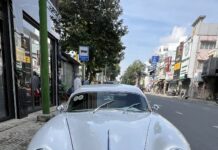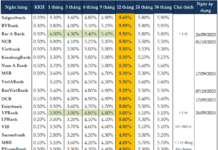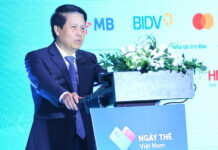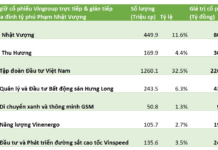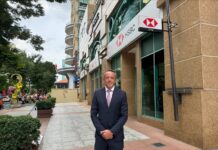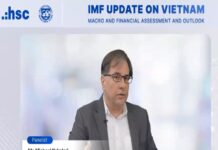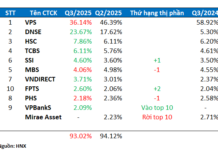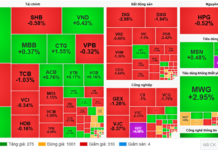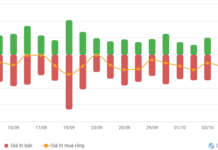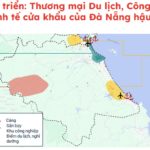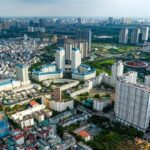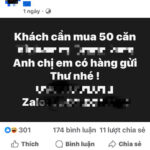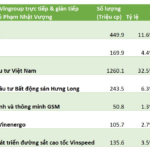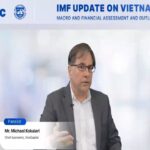From Hanoi to Ho Chi Minh City, real estate value is no longer measured by proximity to the city center but defined by infrastructure connectivity and adaptability to modern transportation networks.
In this evolving landscape, MIK Group stands out as a pioneer, proactively creating value at strategic infrastructure hubs.
TOD and TOC Trends Shaping New Urban Landscapes
Major Vietnamese cities are restructuring towards sustainable development, adopting Transit-Oriented Development (TOD) and Transit-Oriented Corridors (TOC) as core growth axes. According to Hanoi’s 2045 master plan and Ho Chi Minh City’s 2060 vision, transportation infrastructure is the backbone of modern urban living, not just a means of connection.
New metro lines, ring roads, and inter-regional highways—such as Hanoi’s Metro Lines 3, 5, and 6, and Ho Chi Minh City’s Metro Lines 1 and 2—are unlocking new growth corridors. These developments foster integrated live-work-play communities, redefining prime locations based on connectivity, community-building, and long-term sustainability.
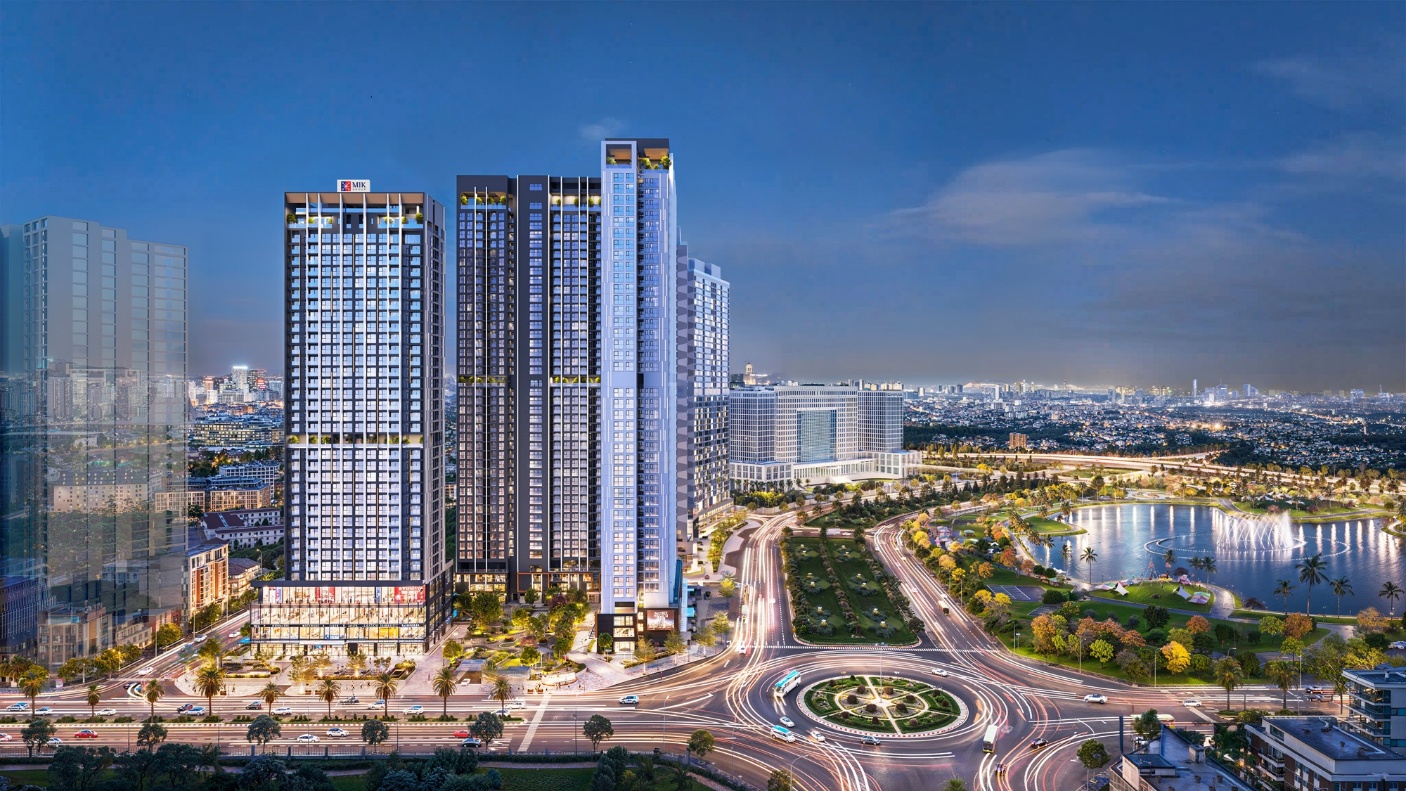
The Matrix One, a Grade A complex, enjoys seamless access to amenities, transportation, and infrastructure in Hanoi’s western hub.
Global cities like Tokyo, Seoul, and Singapore demonstrate that TOD-driven development delivers high-quality, balanced living environments. Vietnam is embracing this trend, with forward-thinking firms like MIK Group realizing sustainable growth aligned with strategic urban corridors.
MIK Group’s Impact at Future-Forward Locations
MIK Group prioritizes sustainable, infrastructure-rich locations over traditional prime spots, ensuring synchronized growth of amenities and communities.
In West Hanoi, The Matrix One exemplifies this approach. Situated at the Me Tri–Le Quang Dao intersection near Metro Line 3 and Ring Road 3, it blends existing infrastructure with international living standards through green spaces, multi-tiered amenities, and modern design.
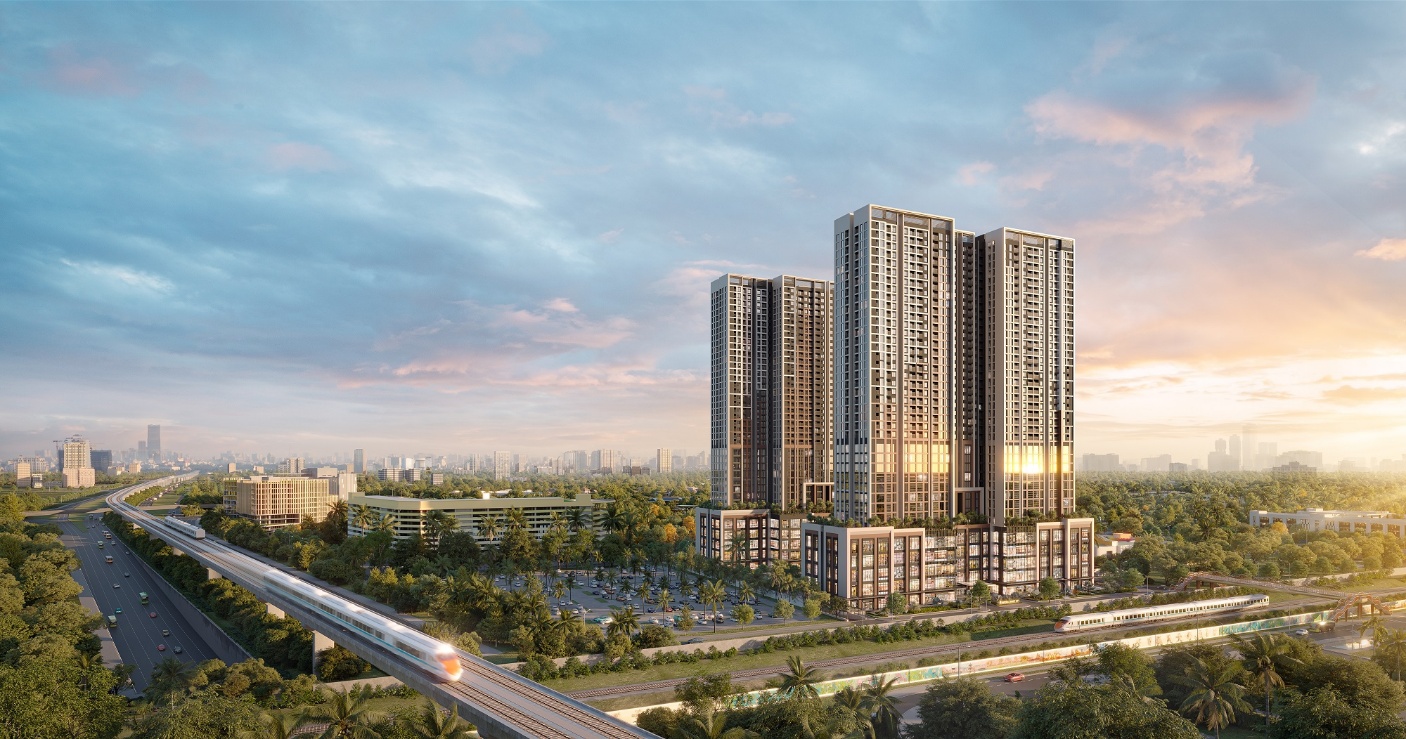
The Sola Park at Imperia Smart City offers comprehensive connectivity at a strategic urban crossroads.
Nearby, Imperia Smart City leverages Smart City’s infrastructure and direct links to Thang Long Avenue, Hoa Lac, and satellite cities. With upcoming Metro Lines 5 and 6, it will emerge as a smart city nucleus.
In East Hanoi, Imperia Signature Co Loa showcases MIK Group’s foresight. Located in Dong Anh—a rising administrative hub—it connects seamlessly to Tu Lien Bridge, Nhat Tan Bridge, Noi Bai Airport, and Metro Line 2.
In Ho Chi Minh City, projects like Villa Park and Park Riverside occupy key positions along Ring Road 2 and the Long Thanh–Dau Giay Expressway, linking the city center to the dynamic Eastern growth zone.
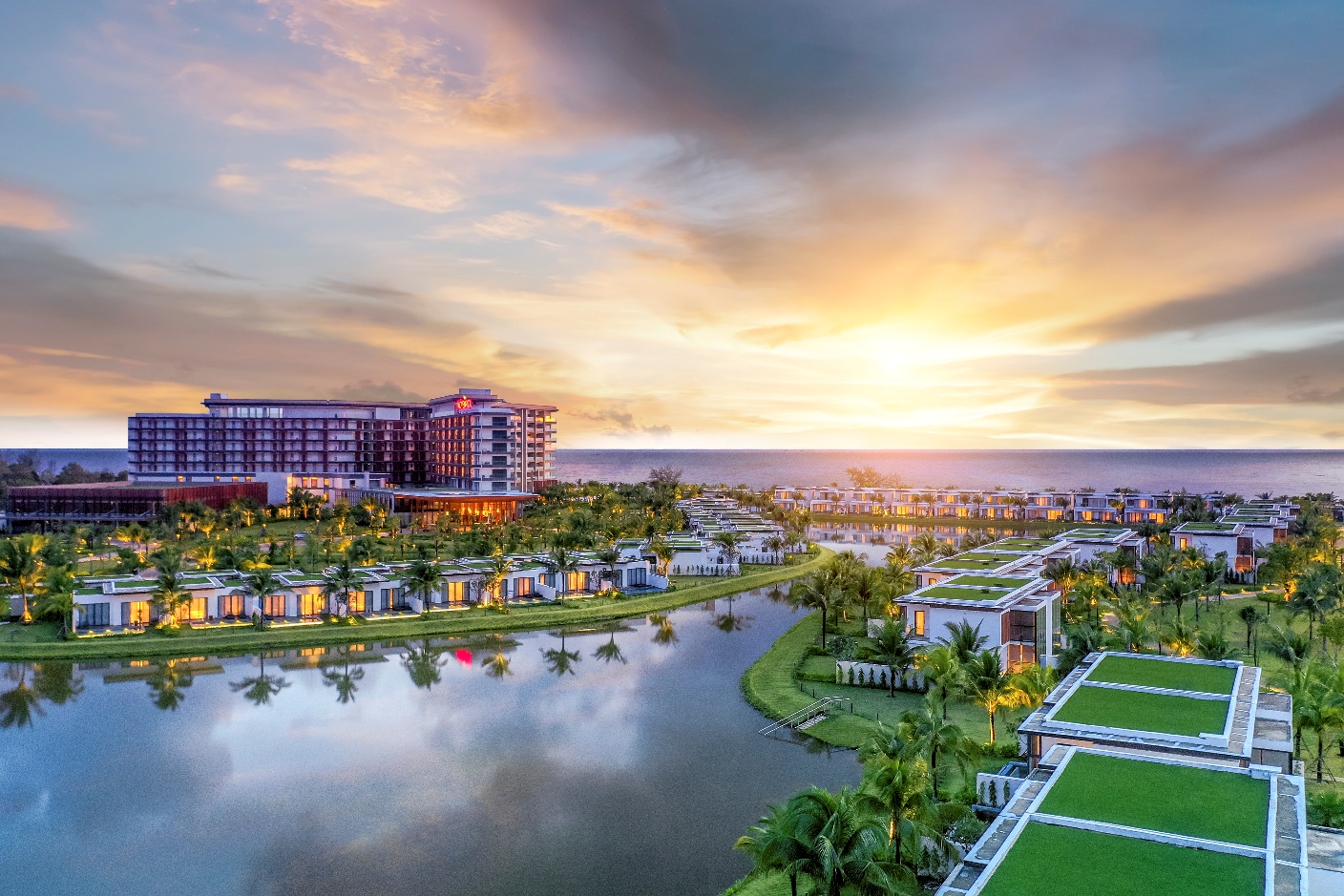
Mövenpick Resort Waverly Phu Quoc, on Ong Lang Beach, offers Vietnam’s most breathtaking sunsets.
On Phu Quoc, luxury resorts like Mövenpick Resort Waverly, Crowne Plaza Starbay, and Sol by Meliá highlight MIK Group’s strategic vision, blending natural beauty, infrastructure, and local culture.
Looking ahead, MIK Group will develop mega-urban projects in East Hanoi, Bac Ninh, Long An, and other key regions, reinforcing its commitment to sustainable growth and long-term value creation.
Over a decade of growth, MIK Group has upheld the philosophy that strategic locations shape not just project value but community value. Each development is more than a residence—it’s part of a vibrant urban ecosystem where infrastructure, people, and amenities converge for a sustainable, prosperous future.
Da Nang Real Estate Leads Central Vietnam’s Price Surge as Hanoi Buyers Show Strong Interest
Following the merger, the new Da Nang City has emerged as the growth epicenter of Central Vietnam, boasting modern infrastructure, vast land reserves, and a surge in investment capital from Hanoi and Ho Chi Minh City. Real estate prices here have soared by 32% in just the first nine months of the year, marking the highest increase in the region.
Unlock Property Price Reductions: The Key Lies in Dramatically Boosting Supply
Proposed restrictions on loans for purchasing second homes and beyond aim to curb real estate speculation and price inflation. However, to effectively lower property prices, more comprehensive and coordinated solutions are essential.
Billion-Dollar Infrastructure Unlocks Potential: Can Gio Emerges as Ho Chi Minh City’s Coastal Growth Hub
Following its administrative boundary expansion, Can Gio is no longer a remote coastal district isolated from Ho Chi Minh City’s center. With a series of multi-billion-dollar infrastructure and urban development projects currently under study and implementation, this region is poised to transform into a vibrant economic gateway to the sea and emerge as a premier entertainment and leisure hub. This potential is further amplified by the future connection between Can Gio and Vung Tau, bridging the two shores and unlocking unprecedented opportunities.
Vietnam’s Ascent to Global Financial Hub Status
Aspiring to establish Vietnam as a compelling and sustainable global financial hub not only unlocks opportunities to attract international capital but also serves as a critical test of its institutional framework, infrastructure, and capacity to foster an environment that is truly livable, workable, and investable.
Unveiling the Truth: Is the Apartment Fever in Former Thu Duc District Real?
Amidst the bustling transactions, the abundance of available units ensures that there’s no risk of a housing frenzy in the former Thu Duc district.

